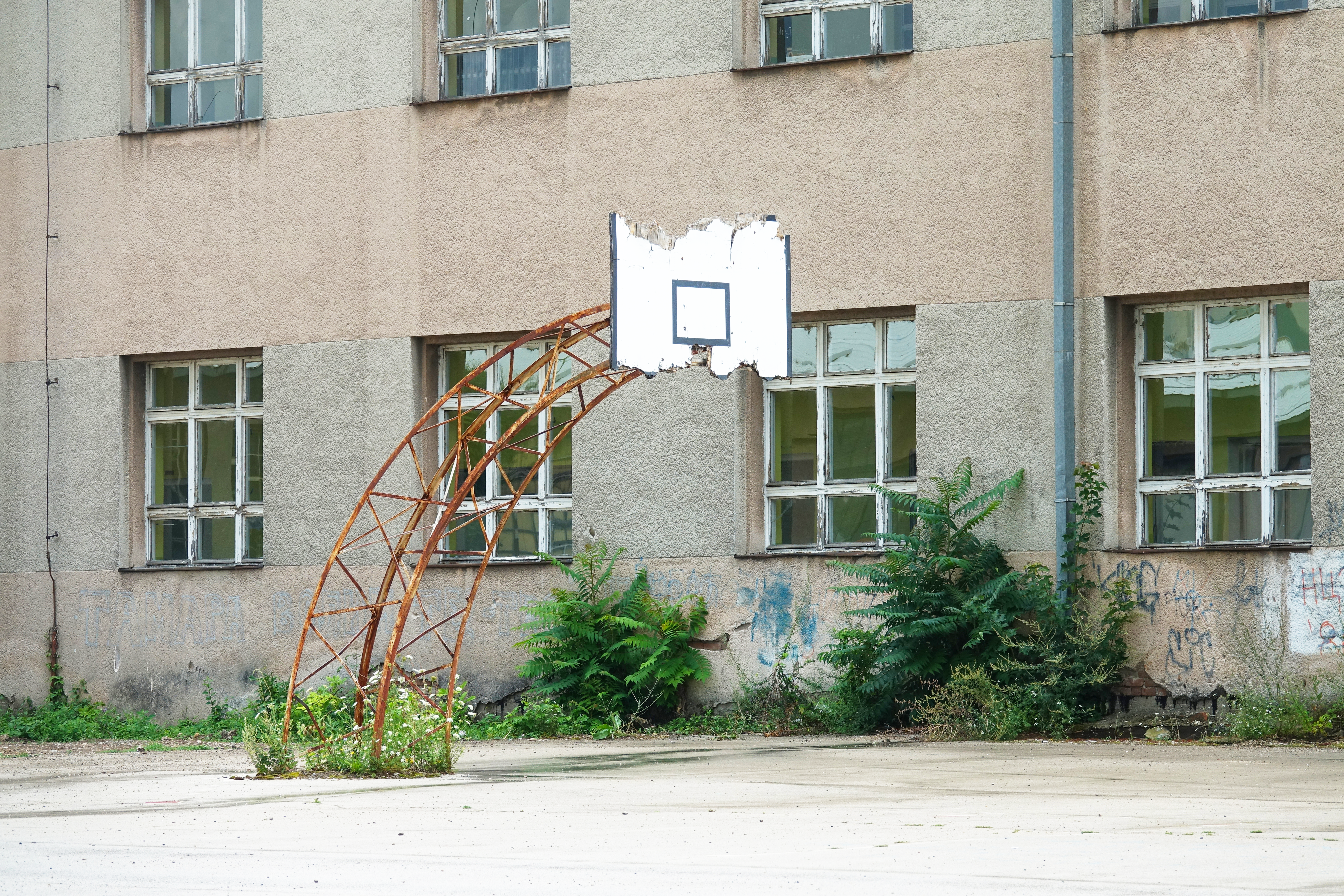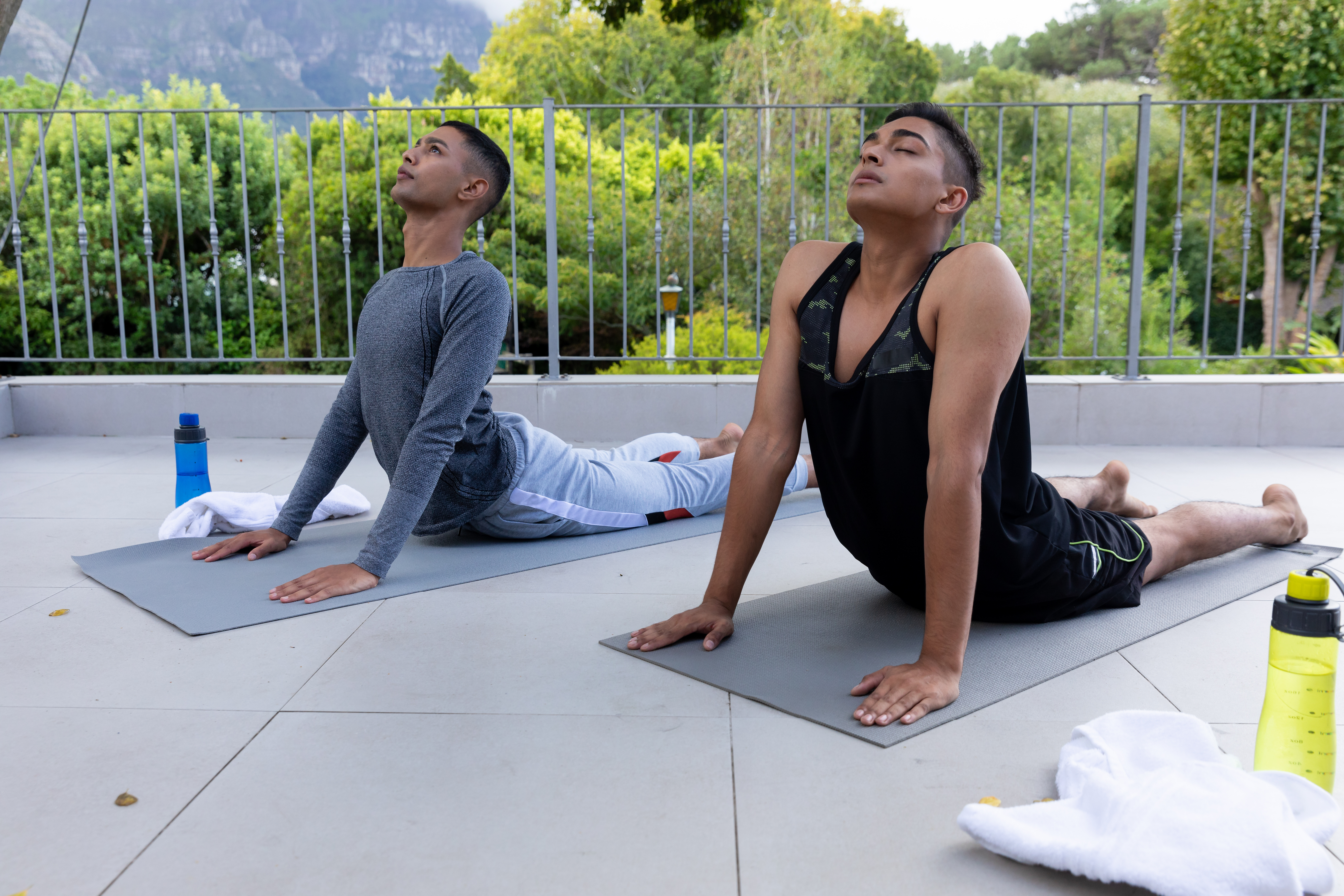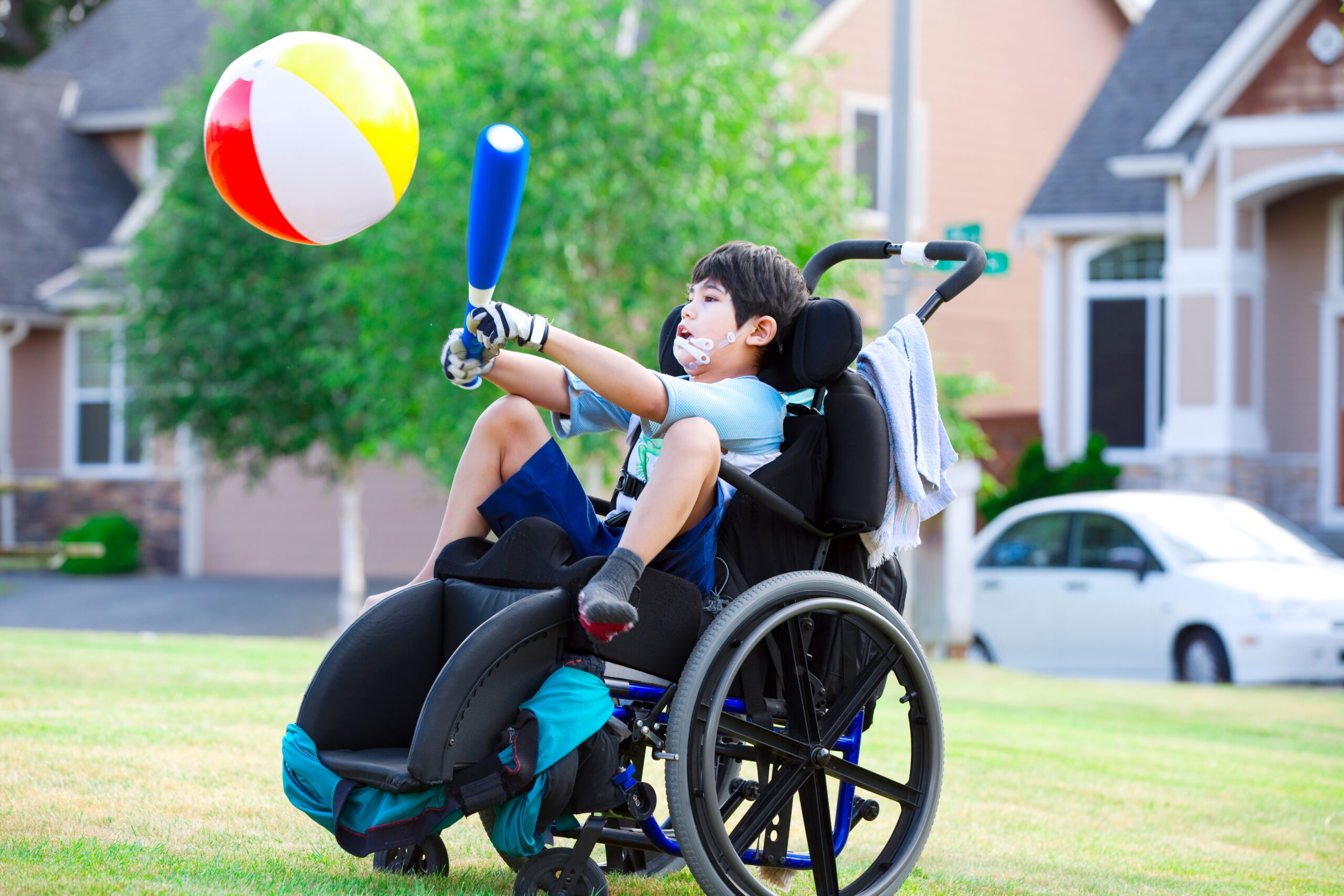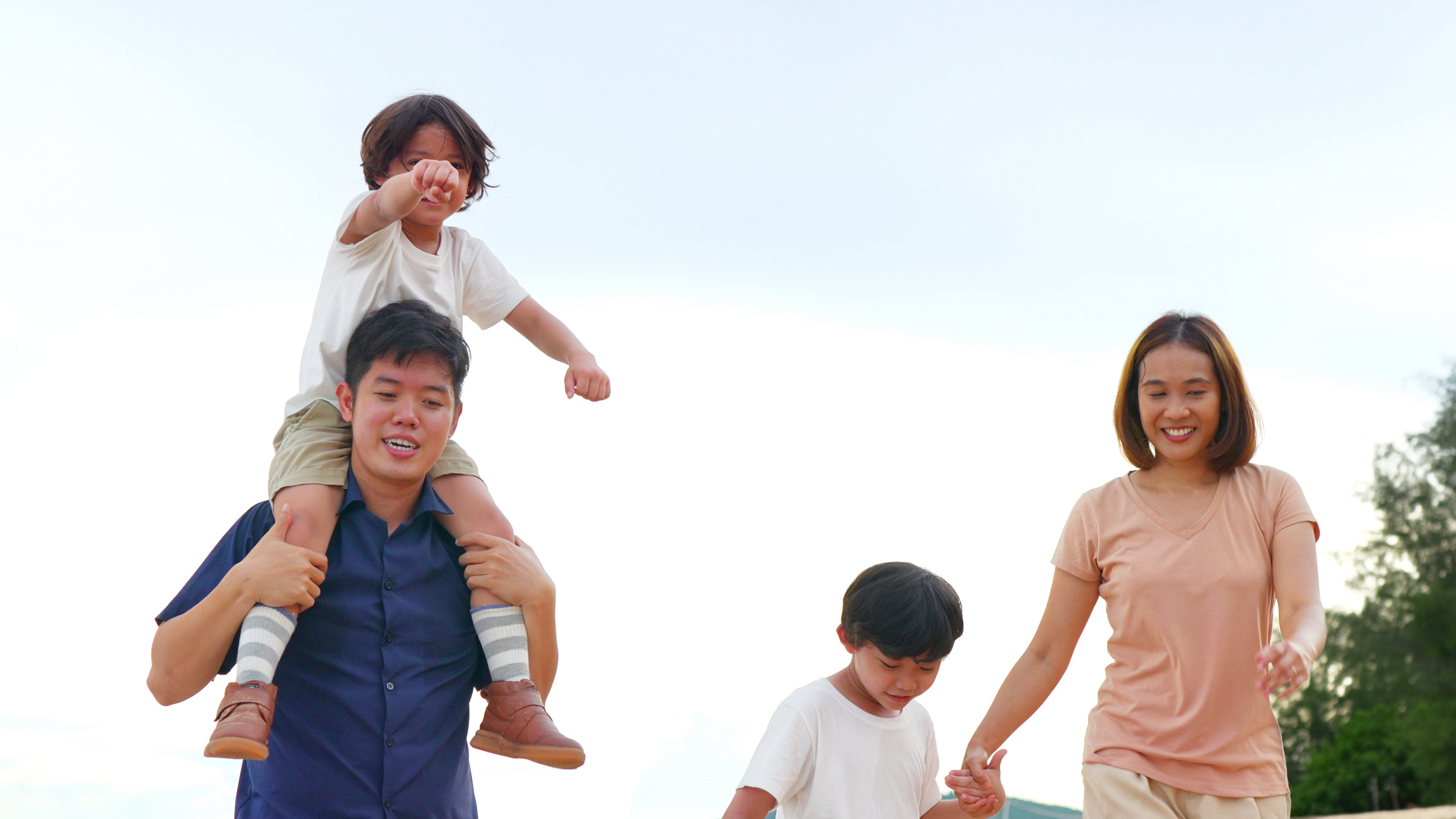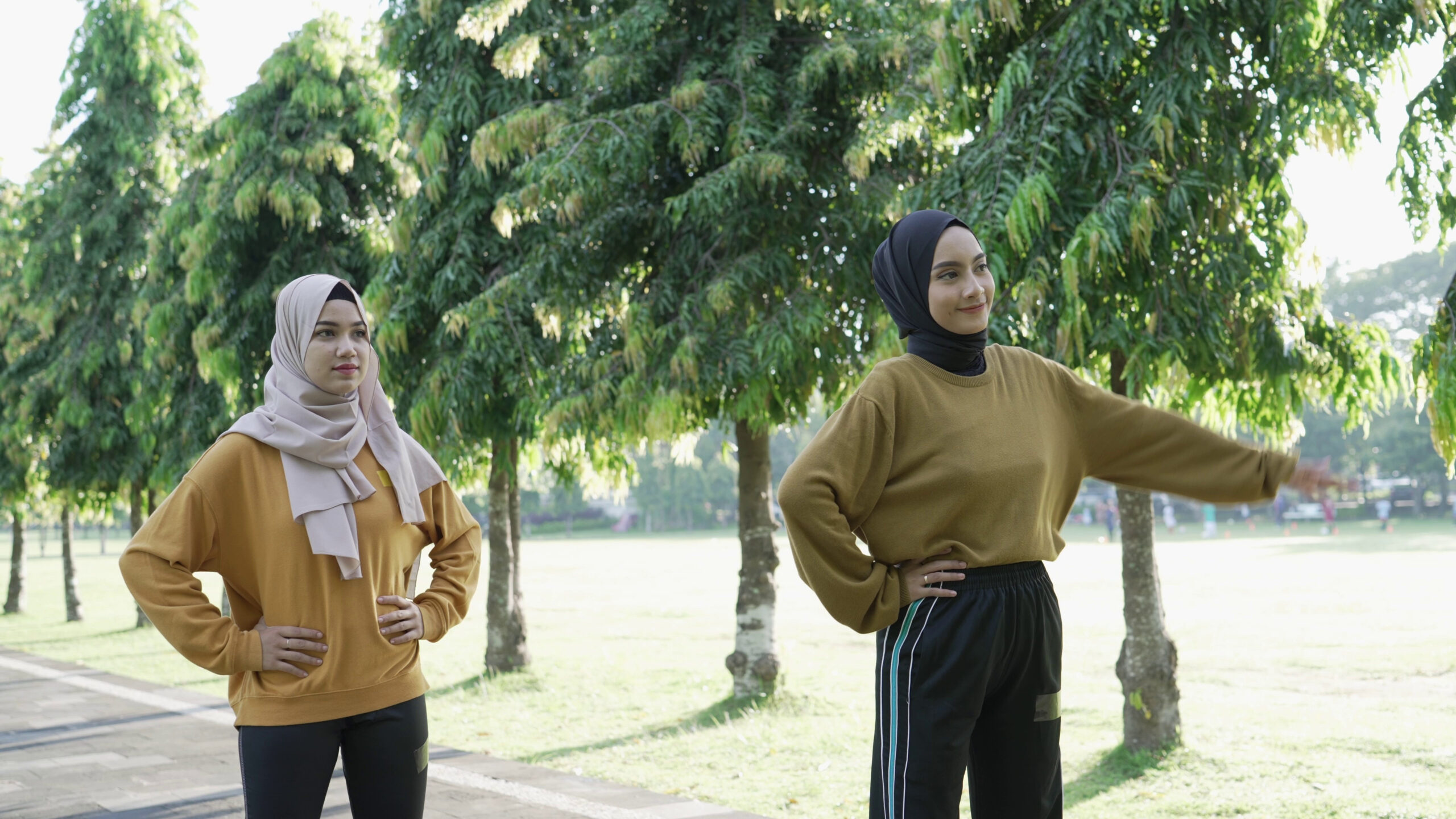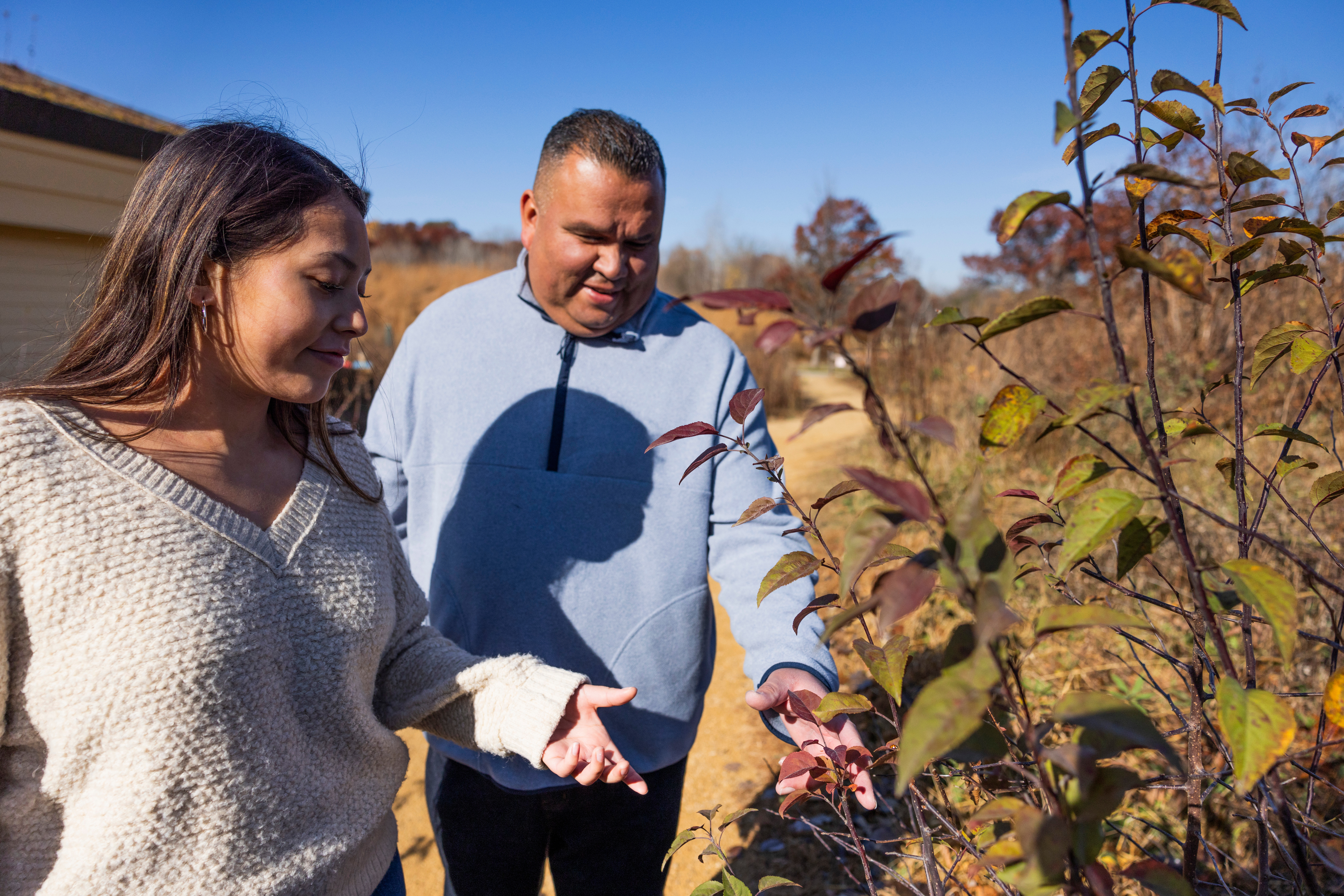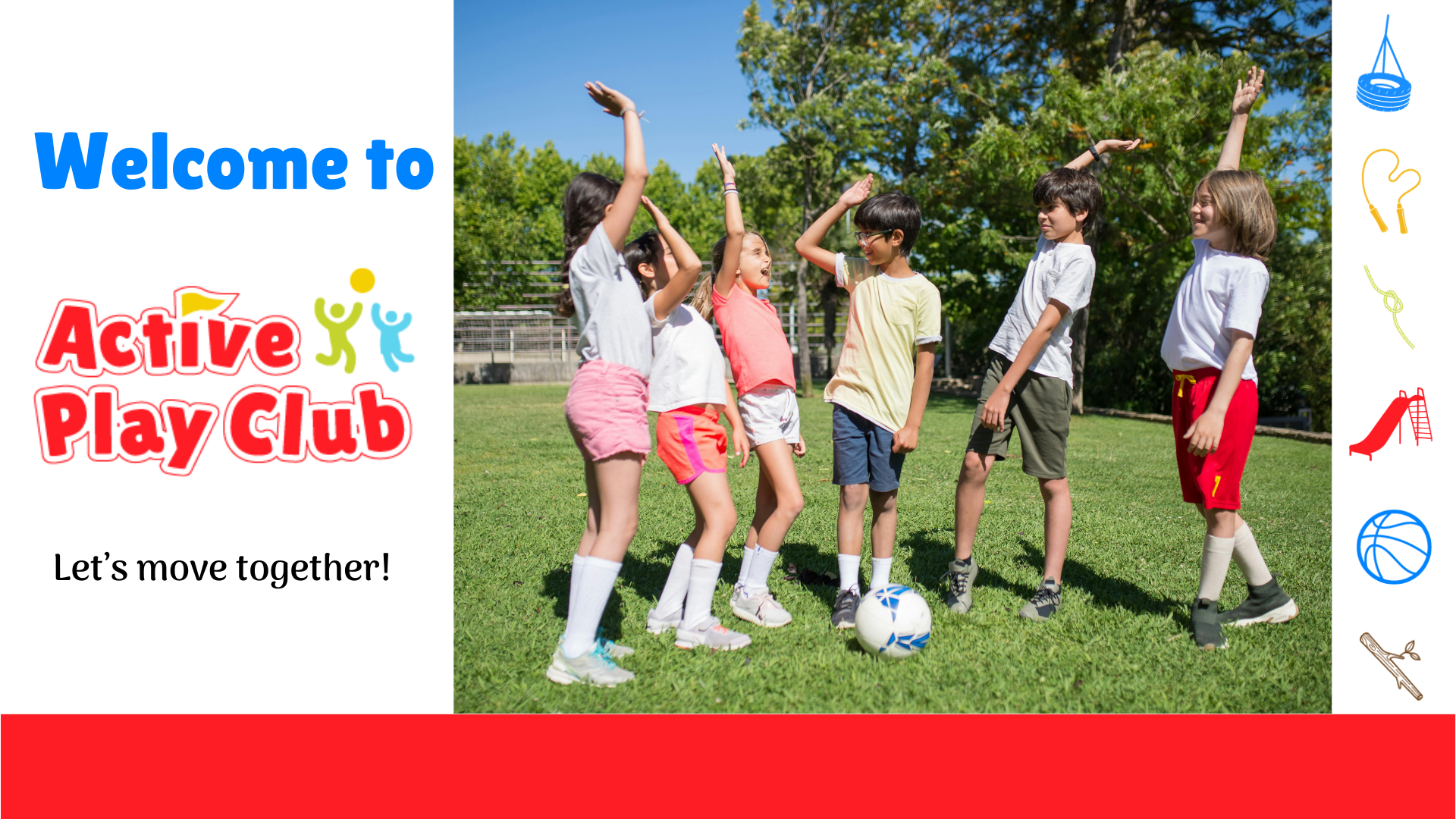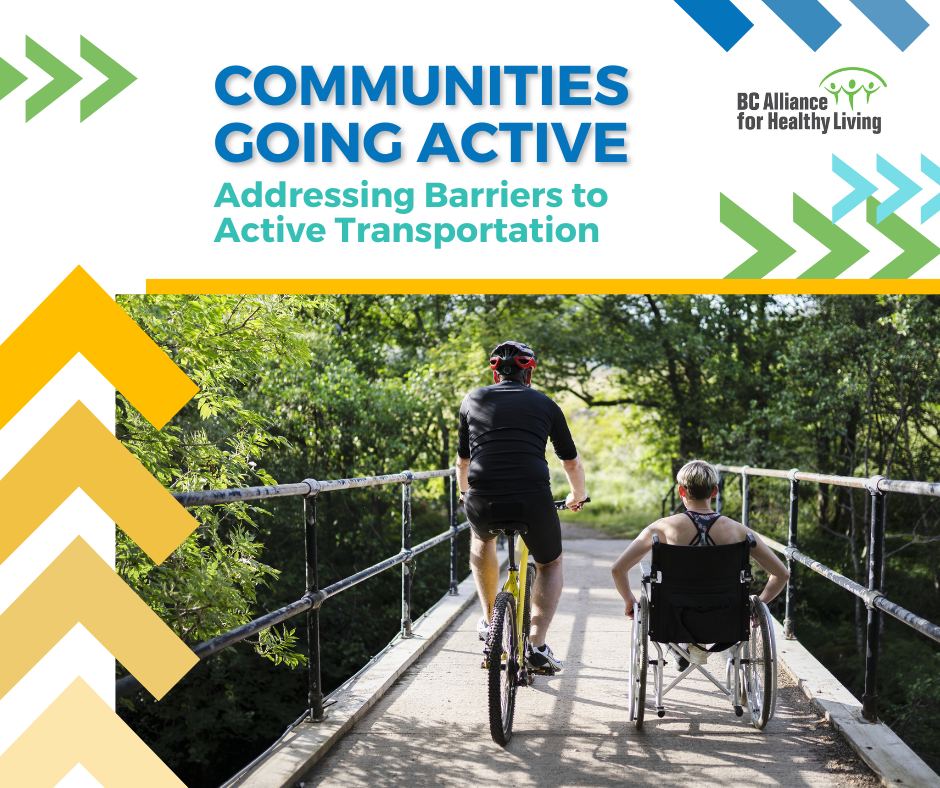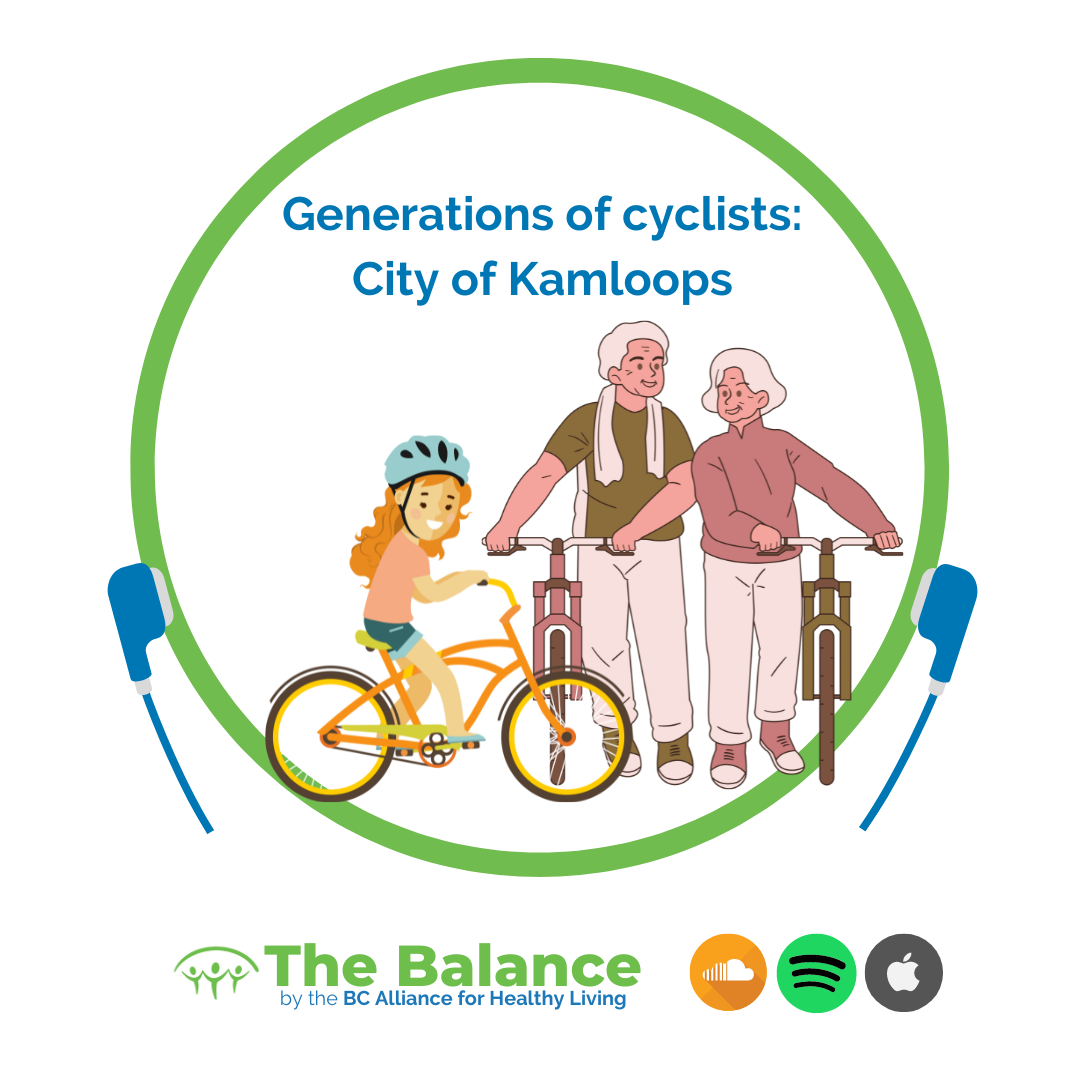physical activity
-
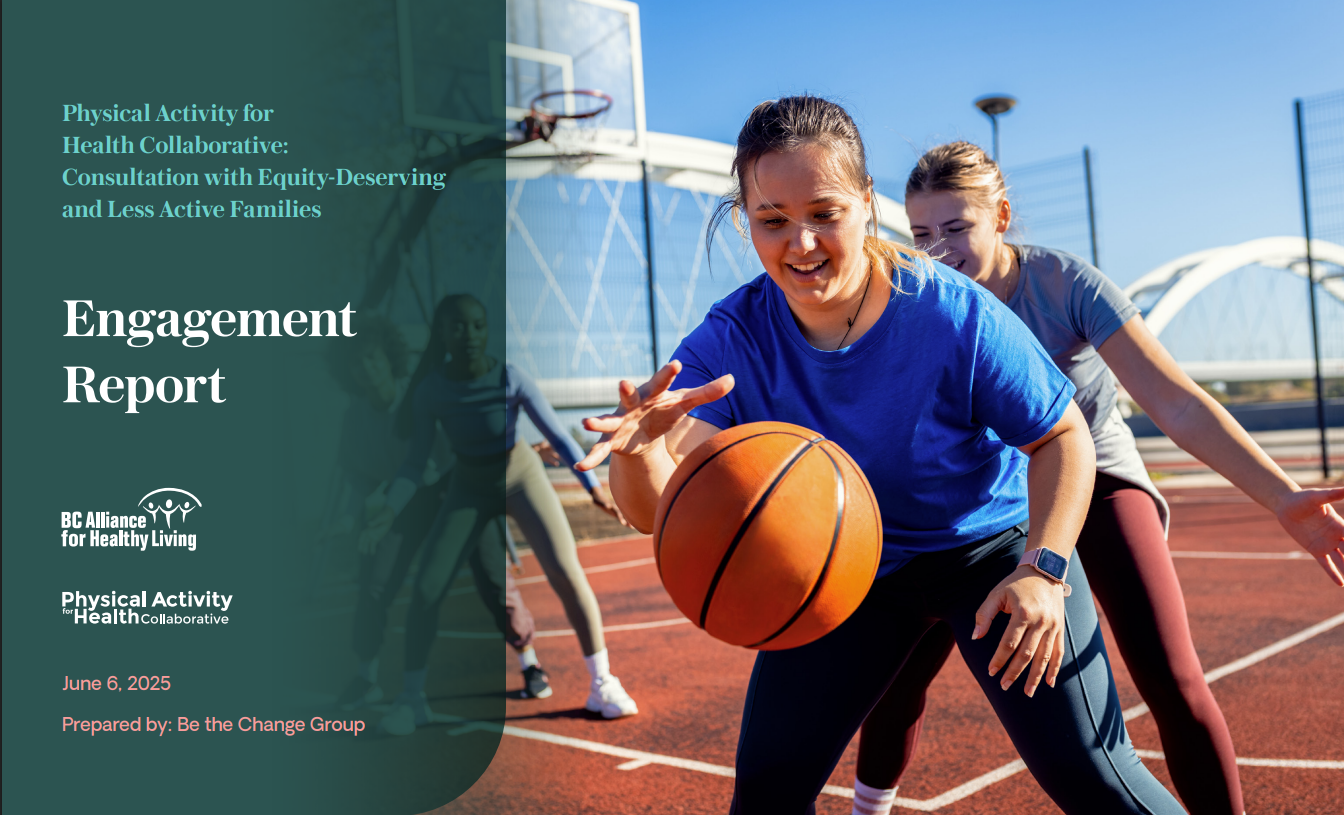
What diverse BC families need to be active
The Families Getting Active Report reflects recommendations from diverse BC families to address barriers to physical activity.
-
Environmental Barriers to Physical Activity
The content below is part of the Families Getting Active Report, which reflects the voices of equity-deserving families across BC who especially benefit from targeted, community-informed supports for participating in physical activity. Learn more about this project here.
-
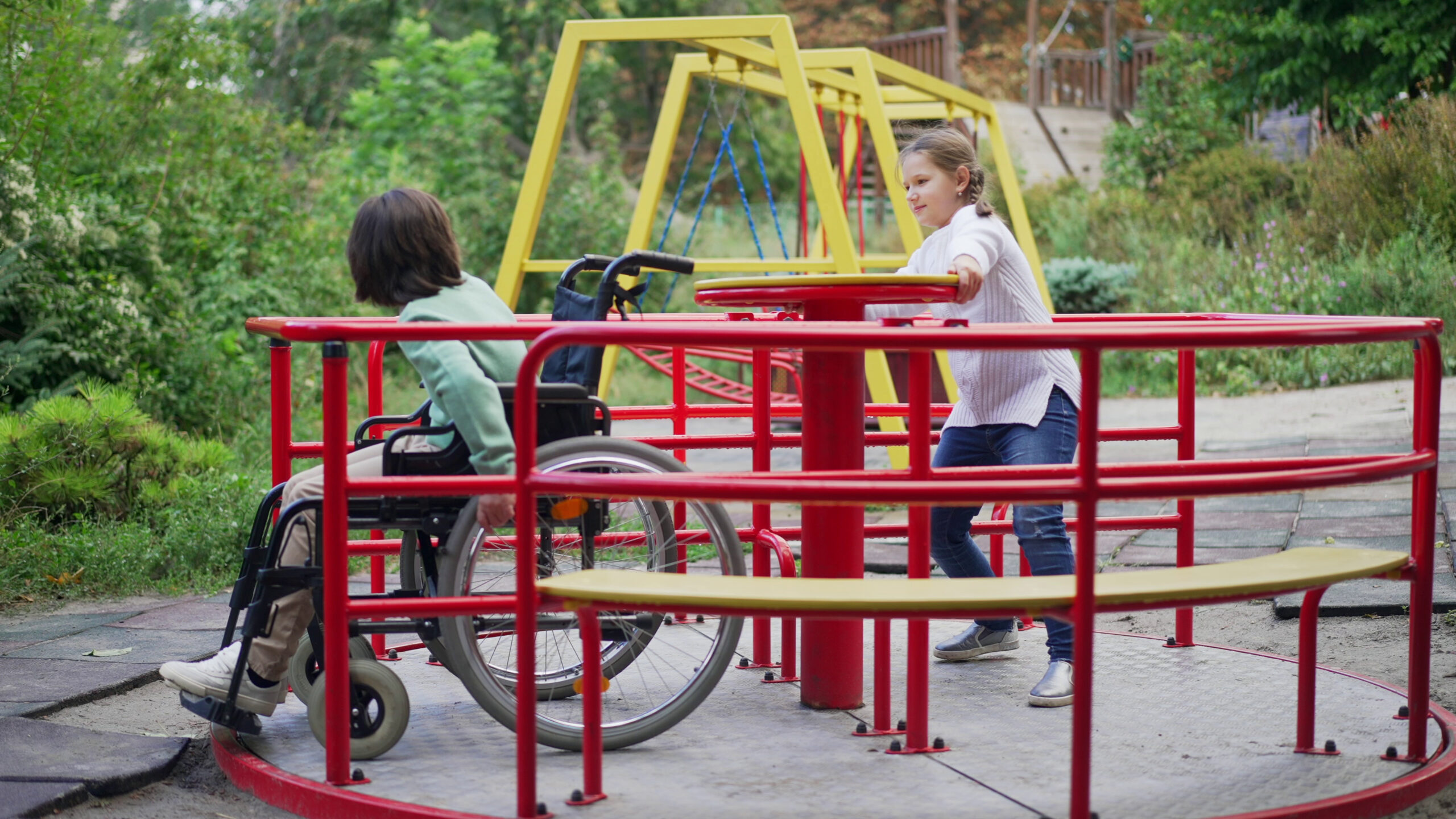
Families Getting Active: Additional Resources
Growing evidence showed that less active families in BC face unique challenges that need targeted, community-informed solutions. In order to address these challenges, the Physical Activity for Health Collaborative (the Collaborative) wanted to hear from communities about what they need so they can enjoy being active. This resulted in our Families Getting Active Report, which…
-
2SLGBTQIA+ Youth Share Recommendations for Greater Inclusion in Physical Activity
The content below is part of the Families Getting Active Report, which reflects the voices of equity-deserving families across BC who especially benefit from targeted, community-informed supports for participating in physical activity. Learn more about this project here.
-
Families of Children with Disabilities Share Ideas for Greater Inclusion in Physical Activity
Physical activity programs help families of children with disabilities find community – but costs, registration and supports are challenging to navigate.
-
Families Impacted by Low Income Share Ideas for Greater Inclusion in Physical Activity
The content below is part of the Families Getting Active Report, which reflects the voices of equity-deserving families across BC who especially benefit from targeted, community-informed supports for participating in physical activity. Learn more about this project here.
-
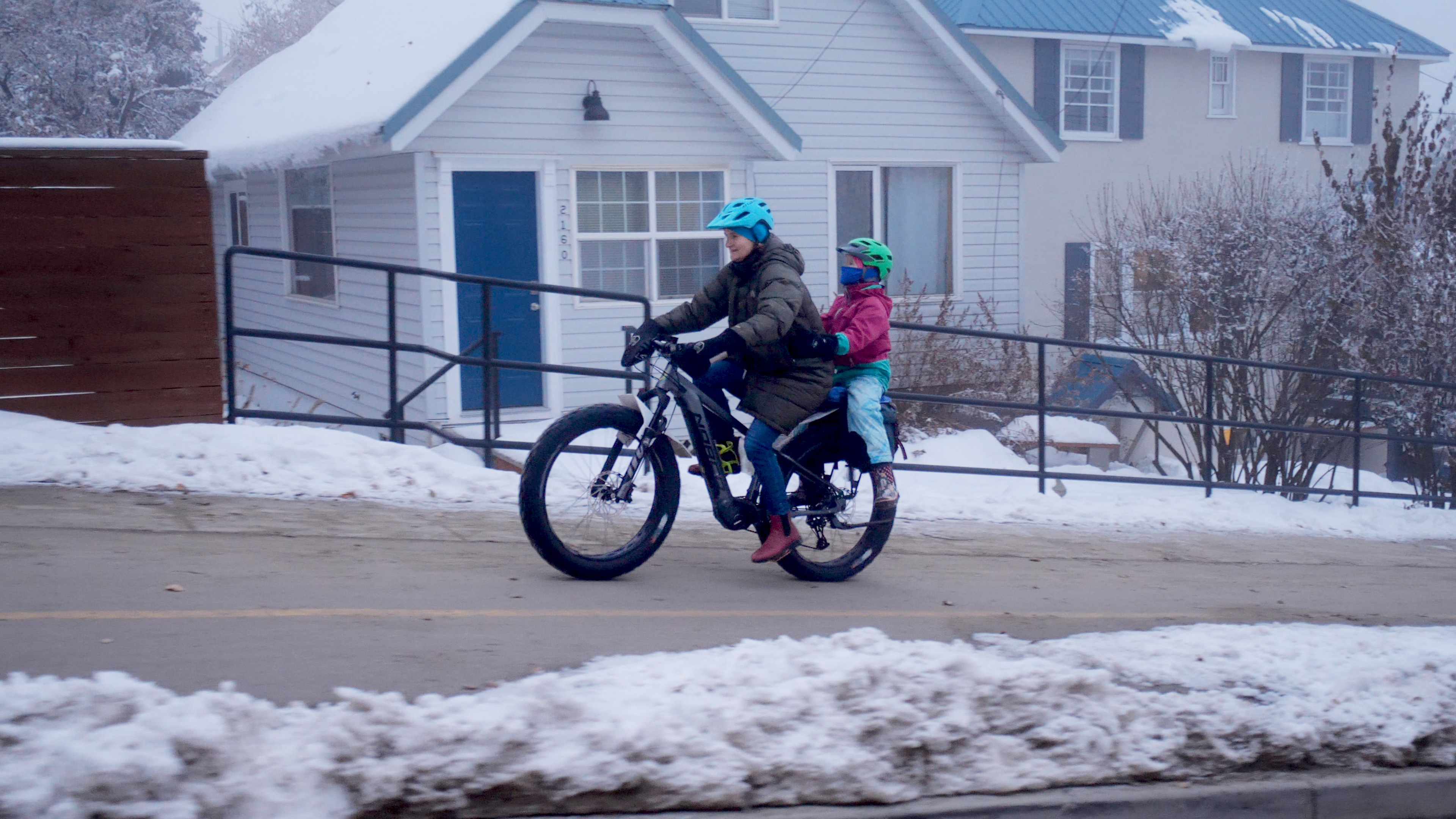
Rural and Remote Youth and Families Share Ideas for Greater Inclusion in Physical Activity
The content below is part of the Families Getting Active Report, which reflects the voices of equity-deserving families across BC who especially benefit from targeted, community-informed supports for participating in physical activity. Learn more about this project here.
-
Newcomer Families Share Ideas for Greater Inclusion in Physical Activity
The content below is part of the Families Getting Active Report, which reflects the voices of equity-deserving families across BC who especially benefit from targeted, community-informed supports for participating in physical activity. Learn more about this project here.
-
Indigenous Leaders Share Ideas to Strengthen Families’ Physical Activity
The content below is part of the Families Getting Active Report, which reflects the voices of equity-deserving families across BC who especially benefit from targeted, community-informed supports for participating in physical activity. Learn more about this project here.
-
Active Play Club Guidebook
BCAHL developed the Active Play Club Guidebook to help PACs, community volunteers and supervisors as they set up Active Play Clubs in their schools and communities. The guidebook offers tips and advice on how to set up an engaging and successful play club that will get children moving and playing on their own.
-
Communities Going Active: Addressing Barriers to Active Transportation recording
We know active transportation has many benefits: it can reduce traffic congestion, lower greenhouse gas emissions, and encourage communities to be physically active, which in turn helps prevent chronic diseases and fosters mental wellness. Yet, many people living in British Columbia can’t participate, whether they feel it takes too long to walk or bike, they…
-
Communities Going Active: City of Kamloops
In this five-part Communities Going Active series, we will hear about local governments and groups that launched projects to promote and encourage the use of active transportation in their communities. These projects address barriers that prevent people from trying out cycling or even scootering, such as costs, lack of gear, or perhaps lack of experience.
- Show All
- @quitnowbc
- #Active Transportation #Small Towns
- #Active Transportation #Small Towns #Local Government #Government
- #BCBudget2020
- #bcpoli
- #BudgetDay
- #cdnpoli
- #ComPAReStudy
- #Covid19
- #CureCongestion
- #EarlyChildhood
- #Earth Day
- #elxn43
- #HealthyRecovery
- #HealthySchoolFood
- #MoreThanFood
- #MoveBC
- #NNSW2019
- #NutritionMonth
- #PhysicalActivity
- #PhysicalLiteracy
- #PinkShirtDay2019
- #schoolyeargoals
- #ScreenFreeWeek
- #SenCA
- #smokefree
- #UBCM2018
- #World Health Day
- 2slgbtqia+
- Active & Safe Central
- active communities
- Active People
- Active People Active Places
- Active Places
- Active School Transportation
- active transportation
- Active Transportation Strategy
- Adolescent Health
- Advocacy
- alcohol
- appetite to play
- Back to school
- barriers to participation
- Basic Income
- BC Budget
- BC Centre for Disease Control
- BC Chapter of the Coalition for Healthy School Food
- BC Cycling Coalition
- BC Elections 2020
- BC Healthy Communities
- BC Lung Association
- BC Recovery
- BC Recreation and Parks Association
- BCHLA
- BCRPA
- Before and After School Recreation Program Spaces Grants
- bike safety
- Bill S-228
- Bill S228: Child Health Protection Act
- Bowen Island Bike Park
- Budget2022
- Building Cultural Competency
- Bundles of Fun
- Canada Food Guide
- Canada’s Food Guide
- Canadian Cancer Society
- Child Health Protection Act
- children and youth
- children with disabilities
- Choose to Move
- chronic disease
- chronic disease prevention
- Circle of Health
- City of Vernon
- Communities
- communities on the move
- Communities on the Move Declaration
- community
- Complete networks
- Congestion Relief Fund
- COVID-19
- Diabetes Canada
- Dietitians of Canada
- Documentary
- Dr. Guy Faulkner
- Dr. Mariana Brussoni
- early years
- equity-deserving groups
- EverybodyMoves
- Evidence-Informed Decision Making Casebook Issue #2
- families
- Federal Election
- Food Costing 2017 Report
- food insecurity
- Food Policy
- GoCNV
- health
- Health equity
- health inequities
- health promotion
- healthcare
- healthier communities
- healthy eating
- healthy living
- Healthy School Food
- Indigenous
- Indigenous Circle of Health
- Indigenous leaders
- kids
- Kwadacha Roller Derby
- Land and Sea Cultural Program
- low income
- McCreary Centre Society
- mental health
- mental wellness
- Mind Fit
- Mindful eating
- Minister of Transportation and Infrastructure
- Move.Commute.Connect
- National Non-Smoking Week
- New Routines
- New School Year
- New School Year Goals
- newcomers
- Non-profits
- Nutrition Month
- Older Adults
- Outdoor Play
- ParticipACTION
- PHABC Annual Conference
- physical activity
- Physical Activity for Health Collaborative
- Physical Activity Strategy
- Picky Eating
- policy
- poverty
- Poverty Reduction
- Pregnancy
- Provincial Health Officer
- Public Health Association of BC
- Reallocation of road space
- recreation and physical activity
- Report Card
- Resolution B15
- Resolution B59
- Risky Play
- Running Free: Children’s Independent Mobility
- rural and remote
- SACY
- Small Towns
- sports
- sports and recreation
- stigmatization
- Stop #Marketing2Kids
- Stop M2K Coalition
- sugary drink tax
- sugary drinks
- Taking the Pulse of the Population
- transportation systems
- Truth and Reconcilation
- Truth and Reconciliation Day
- Tumbler Ridge UNESCO Global Geopark
- UBC
- UBCM
- Union of BC Municipalities
- Unlock the potential of food
- Vancouver School Board
- Vantage Point
- Vaping
- Vapour product tax
- viaSport
- Walking
- Walking School Bus
- webinar
- World Health Organization
- YMCA
- YMCA of Greater Vancouver
- young women
- youth
- Youth Health
- Youth Vaping
Contact Us
Questions about our policy recommendations, resources, initiatives, and activities? Reach out to us.
Contact Us